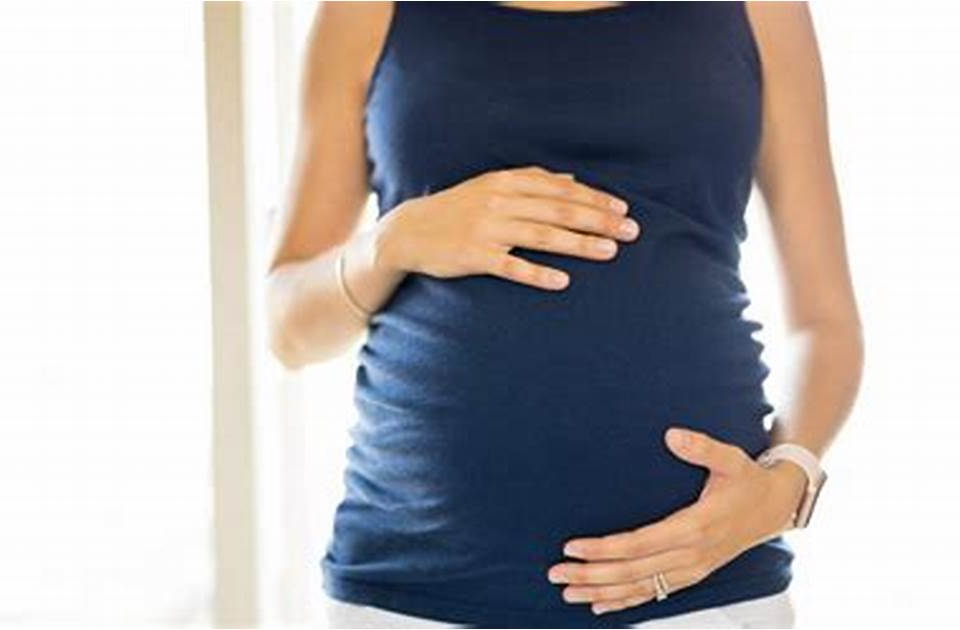
How Uterine Abnormalities Affected My Fertility and How IVF Gave Me Hope
When I first started my journey to become a mother, I had no idea that the path would be anything but straightforward. I had always imagined that pregnancy would be a simple next step in my life with my partner, but after months of trying without success, I realized something wasn’t right. The turning point came when I was diagnosed with uterine abnormalities, a condition I knew little about, but that would turn out to be one of the key hurdles in my fertility journey.

Discovering the Problem
My story began with a simple visit to my gynecologist. After several months of trying to get pregnant, I started to feel anxious. My periods were irregular, and I was experiencing discomfort I hadn’t had before. I decided to make an appointment to get checked out, thinking it was just a minor issue. The last thing on my mind was something as serious as uterine abnormalities.
When my doctor first suggested that we might be dealing with a structural issue in my uterus, I was shocked. “Uterine abnormalities can sometimes prevent the embryo from implanting properly, or even make pregnancy impossible,” Dr. Adams explained. I had no idea that the shape and condition of the uterus could have such a big impact on fertility.

What Are Uterine Abnormalities?
Uterine abnormalities are conditions in which the structure or shape of the uterus is different from the norm. These abnormalities can include conditions like fibroids, polyps, septate uterus (a wall or partition dividing the uterus), or a tilted uterus. In my case, Dr. Adams diagnosed me with a septate uterus, a condition where a fibrous or muscular wall partially divides the uterus.
Dr. Adams explained that in many cases, uterine abnormalities can cause difficulty in carrying a pregnancy to term. “In your case,” she said, “the septum may be preventing a fertilized egg from implanting correctly. This can result in early miscarriages or even infertility.”
I felt a mix of emotions—fear, confusion, and a sense of helplessness. But I also knew that having answers meant that I could start looking at ways to fix the problem.
The Impact on My Fertility
As I learned more about uterine abnormalities, I began to realize just how much of an effect it could have on my fertility. The abnormal structure of my uterus meant that, while I might be able to conceive, the fertilized egg wouldn’t have the best chance of implanting or developing into a healthy pregnancy.
Dr. Adams was kind but firm when she told me: “The good news is that many uterine abnormalities can be treated or managed. But it’s important to understand that untreated, these conditions can be a barrier to successful pregnancy.”
In my case, the next step was clear: surgery to remove the septum and restore the uterus to its normal shape. Dr. Adams reassured me that this was a relatively routine procedure, and that many women with similar issues had gone on to have successful pregnancies after treatment. However, it was still a tough pill to swallow.
Deciding on Treatment
I had a lot of questions. Would the surgery work? Would it be enough to fix the issue? How soon could we try again? My doctor laid out a plan for me, which involved a laparoscopy to remove the septum and then waiting several months to allow my body to heal. “After the surgery,” she said, “we’ll need to monitor your recovery closely to make sure the uterus is healing properly before trying for pregnancy again.”
The surgery took place a few months later, and while it was difficult, I felt hopeful. During the procedure, Dr. Adams removed the septum and ensured that my uterus was structurally sound. The recovery wasn’t easy, but I was determined to stay positive and give my body the time it needed to heal.
The IVF Option
After the surgery, we tried to conceive naturally for a few months, but again, nothing happened. It was disheartening, and I was starting to feel like I might never become a mother. After several failed cycles, Dr. Adams suggested that we consider IVF.
“Given your history with uterine abnormalities and the challenges you’ve faced in conceiving, IVF is a good option for you,” she said. “It would give us more control over the process and increase your chances of a successful pregnancy.”
The idea of IVF was intimidating, but I was also ready to give it a try. I knew that IVF wouldn’t guarantee success, but it felt like the most promising option at this point.
The IVF Process
Starting IVF felt like taking the first real step toward my dream of having a child. The process wasn’t as daunting as I had imagined. The fertility clinic guided us through every stage, from ovarian stimulation (to produce multiple eggs) to egg retrieval and fertilization. My doctor assured me that we would carefully monitor the progress.
“It’s all about creating the best environment for the embryos to grow,” Dr. Adams explained. “We will ensure that the embryos are healthy and ready for transfer.”
Everything went smoothly, and soon enough, we were ready for the embryo transfer. The procedure was quick and relatively painless, but the waiting period after was agonizing. Would it work? Would the embryos implant?
A Roller Coaster of Emotions
The two-week wait after the transfer was torturous. I kept imagining the worst—what if the embryos didn’t implant? What if I went through all of this for nothing? Dr. Adams reminded me, though, that IVF success doesn’t happen overnight.
“Don’t focus too much on the ‘what ifs,’” she told me. “Try to stay as relaxed as possible. Stress won’t help, but trust in the process and in the team taking care of you.”
Finally, the call came. “You’re pregnant,” the nurse said, and the words felt like a dream. I couldn’t believe it. After everything we’d been through, it had worked. IVF, along with the treatment for my uterine abnormality, had given us the chance we needed.
Reflecting on the Journey
As I look back, I realize how far I’ve come. The journey wasn’t easy, but the struggles taught me a lot about patience, perseverance, and trusting the medical professionals who guided me every step of the way. Today, I’m the proud mother of a beautiful baby, and every sleepless night, every emotional setback, and every step forward was worth it.
If you’re struggling with uterine abnormalities and infertility, I want you to know that there’s hope. It’s not easy, but there are treatments available, and you don’t have to go through it alone. Talk to your doctor, consider your options, and know that with the right care and support, it is possible to have a family.





